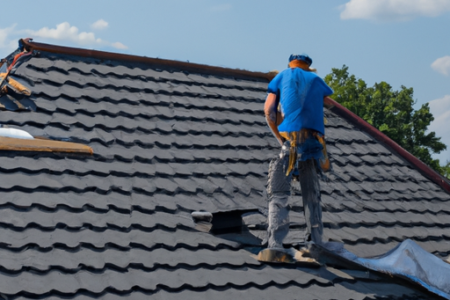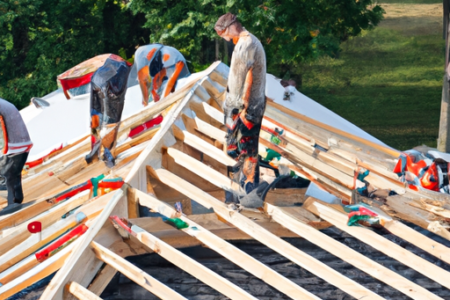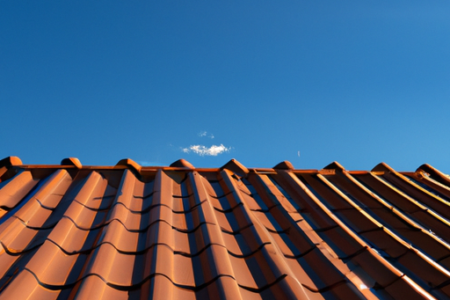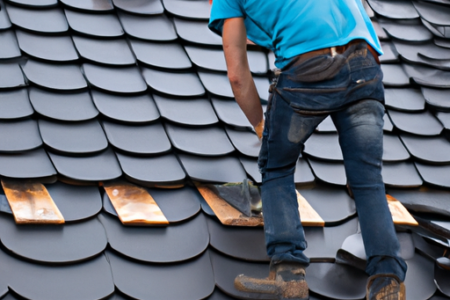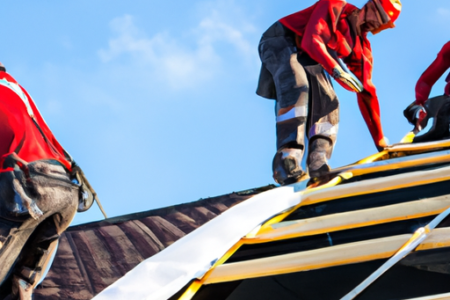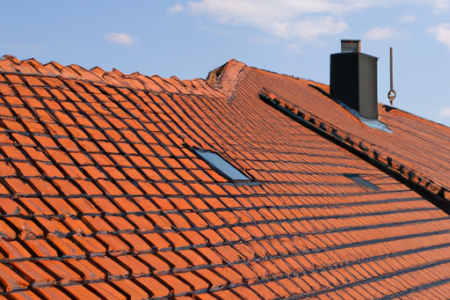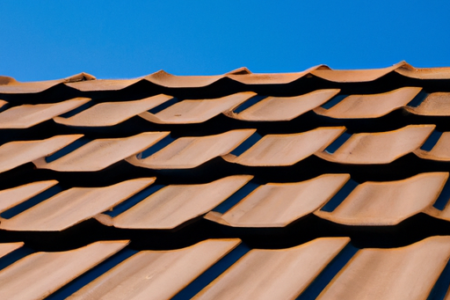When it comes to building or renovating a house, understanding the basics of roof construction is essential. The roof is not only a protective barrier against the elements but also plays a significant role in the overall aesthetic appeal of the structure. In this guide, we will provide you with a comprehensive overview of the key aspects of roof construction. One of the first considerations in roof construction is the choice of materials. There are various options available, including asphalt shingles, metal roofing, clay tiles, and concrete tiles. Each material has its unique characteristics, such as durability, cost, and visual appeal. It is crucial to choose a material that aligns with your preferences, budget, and architectural style. The next crucial aspect of roof construction is the roof’s shape, often referred to as the design or style. The most common roof styles include gable, hip, flat, and shed roofs. The roof’s shape not only affects the visual appeal but also impacts factors such as drainage, insulation, and attic space. It is essential to consider the climate and local building codes when selecting a roof style. Roof trusses or rafters are essentially the framework supporting the roof. Trusses are pre-fabricated triangular structures made of wood or metal, while rafters are traditionally cut and assembled on-site. The choice between trusses and rafters depends on various factors, including cost, structural requirements, and ease of installation. Both options have their advantages and can be engineered to accommodate specific roof designs. Another critical aspect of roof construction is the underlayment. The underlayment acts as a waterproofing layer, protecting the roof from leaks caused by rain or melting snow. Common types of underlayment include asphalt-saturated felt, synthetic materials, and rubberized asphalt. The underlayment is typically installed before the final roof covering to provide an additional layer of protection. Ventilation is a crucial consideration in roof construction. Adequate ventilation helps to regulate temperature and moisture levels in the attic space, preventing condensation and reducing the risk of mold and rot. Ventilation systems can include ridge vents, soffit vents, gable vents, and powered exhaust fans. Proper ventilation is essential for the longevity of the roof and the overall comfort of the occupants. Last but not least, proper installation and maintenance are vital for a durable and reliable roof. Hiring a professional roofing contractor with experience in roof construction is highly recommended. Regular inspections and maintenance, such as replacing damaged shingles or repairing leaks promptly, can extend the lifespan of your roof and prevent costly repairs down the line. In conclusion, understanding the basics of roof construction is essential for anyone involved in building or renovating a house. From choosing the right materials and roof style to considering the framework and ventilation, every aspect plays a vital role in ensuring a functional, durable, and aesthetically pleasing roof. By following the guidelines and investing in professional installation and maintenance, you can enjoy a secure and beautiful roof for years.
